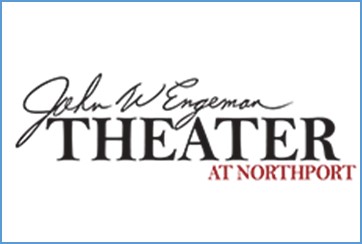Elevating Anatomy Into 3 Dimensions
/By Jano Tantongco
jtantongco@longislandergroup.com
St. Anthony’s High School anatomy teacher Dr. Mark Capodanno and senior Anthony Rios examine the spinal cord of a virtual cadaver with the Anatomage table.
As Dr. Mark Capodanno instructs his students in the finer points of the human anatomy at the college-level course at St. Anthony’s High School in South Huntington, he uses an image of a cross section of a brain.
He will show them the cerebrum, which enables high-level, complex cognition in humans. He can also show the rear of the brain that houses the cerebellum, which governs motor functions and balance.
He can also pinch to zoom in, as if he were using a smartphone, to more closely observe the arbor vitae, the fern-like part of the cerebellum that relays sensory and motor information to and from that region of the brain.
This innovation comes from the school’s recent addition to its educational arsenal: the Anatomage medical table. It lets students and faculty alike observe, dissect and move around a virtual cadaver, all in three dimensions.
The touchscreen table allows the user to move a virtual cadaver in any direction with intuitive gestures, much like using a smartphone or tablet. There are tools that also allow one to cut the cadaver in any orientation, enabling a cross section view.
St. Anthony’s Principal Bro. Gary Cregan recalled a visit to the school by Dr. Sean Levchuck, director of pediatrics at St. Francis Hospital in Roslyn. Cregan was fascinated to see how Levchuck explained how heart surgery was performed 20 years ago, all while using the modern-day Anatomage as a reference tool.
He believes the table will inspire students to explore new ground, experiencing things like the “awesomeness of a human heart.” They can make mistakes and learn in a virtual surgery where life and death isn’t a factor, he said.
“Here is a table that will enable a kid… to play. That’s where play helps inspire, and play lets you become comfortable with something that later as adults can then become a passion,” Cregan said.
The Anatomage medical table is priced at $75,000, but an anonymous donor to the school covered the cost.
As Capodanno used the table with a student in his anatomy class, St. Anthony’s senior Anthony Rios, they reviewed the different connections and systems within the body.
Using one of Rios’ favorite tools, they scrolled through the transection of the body and changed view settings to go from seeing the entire cross-section, stripping back the organ layer to show just the circulatory system, then added back in the nervous system.
The composite images are created in part with MRIs and CT scans of real human subjects who donated their bodies to science, similar to traditional medical cadavers. The table also features virtual models of conditions including gunshots, tumors and heart defects. Additionally, it also features models of animals like dogs and rats.
Rios aspires to enter the medical field somewhere in the realm of surgery.
“If you make a cut on an actual cadaver, there’s no going back,” Rios said. “With the Anatomage, you can cut, and you can undo your cut and bring it back, move it around and isolate certain parts of the body.”
Teaching anatomy for seven years, Capodanno said the new technology allows him to compress the textbook knowledge into a form he says is not only educational, but also inspirational.
Looking ahead, the school is in the process of creating a medical educational center that will also function as an amphitheater to host doctors from the affiliated St. Francis Hospital to come in and teach, with the Anatomage table as the centerpiece.
“To me as a teacher, it gives me a tool to teach in three dimensions,” Capodanno said. “So, what I hope as a teacher, is to be able to not just educate him… but also inspire him.”





